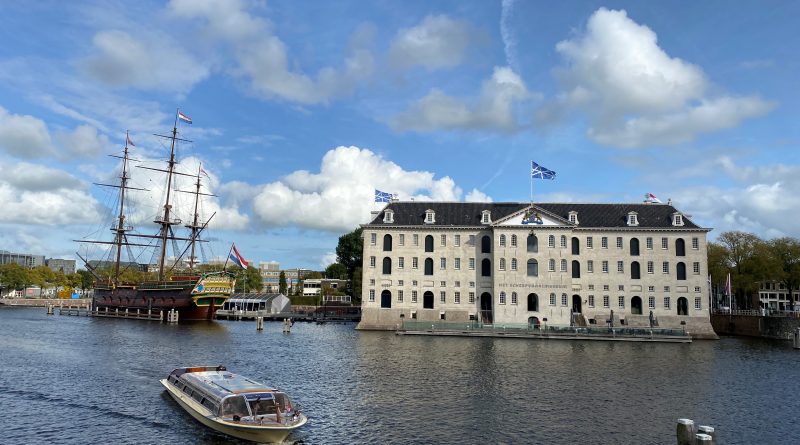Amsterdam -The Golden Age Capital
Amsterdam, capital of the Netherlands, has more than 100 kilometers of canals ,about 90 islands and 1,500 bridges.
The three main canals (Herengracht, Prinsengracht and Keizersgracht), dug in the 17th century during the Dutch Golden Age, form concentric belts around the city.
Alongside the main canals are 1550 monumental buildings.The 17th-century canal ring area, including the Prinsengracht, Keizersgracht, Herengracht and Jordaan, have been listed as a UNESCO World Heritage Site contributing to Amsterdam’s fame as the “Venice of the North”.
Many of the canal houses in the Amsterdam Canal District are from the Dutch Golden Age in the 17th century. Many of these buildings, however, have undergone restoration or reconstruction since meaning they now display many different architectural styles and facades.
From about 1660, the canals were extended to the Amstel; these extensions bear the names: Nieuwe Herengracht, Nieuwe Keizersgracht and Nieuwe Prinsengracht. With this expansion, the city formed its iconic crescent shape.
Trade exploded in the 17th century during Amsterdam’s Golden Age. In one very ambitious expansion project that took 50 years, the 3 main canals of the city were dug and the houses around them were built. Completed around 1660, it made the city grow to 4 times its size and gave it the most intricate and efficient system of navigable waterways in the world. A maze of connecting canals brought merchandise from all over the world to the doorstep of every canalside merchant.
A fleet of thousands of small barges carried the goods from the big ships in the harbour to every corner of the city. More than a thousand warehouses on the canal-sides were supplied by these man-powered barges.
These houses served as both homes and workplaces for many of the merchants, and you can still see evidence of this today in the fact that the basement floors of many canal houses include large doors used as entranceways to the shop or for storage. The workplace and storage for the merchants would be downstairs, while their residential quarters would be up a series of steps. The elevated steps helped to protect the residence from potential flooding.
If you look up, you will see many of the gables are adorned with a hook. Not a decoration, the hook is there to enable residents to pull large, bulky objects up and into a window at the proper floor. Most homes in Amsterdam have narrow, steep, often winding staircases that make it difficult to bring large, bulky objects
The Trip brothers, arms traders, built the Trippenhuis in Amsterdam, currently the seat of the Royal Netherlands Academy of Arts and Sciences, which is typical of prosperous 17th-century Golden Age architecture and one of its grandest examples




